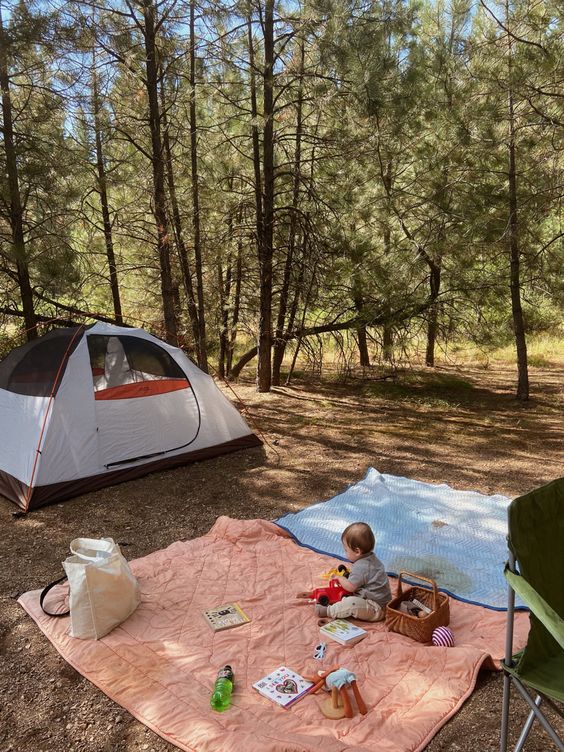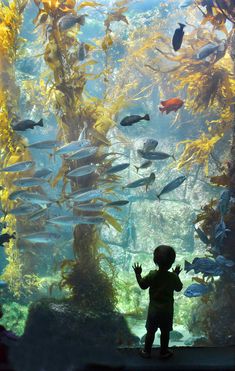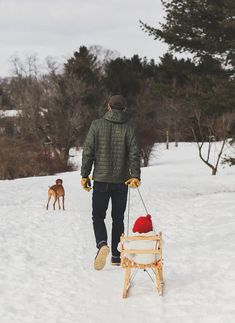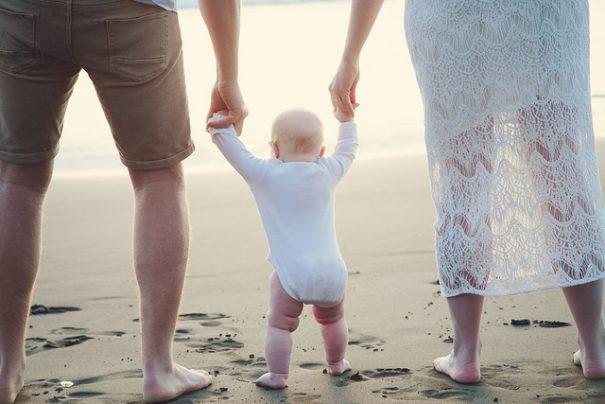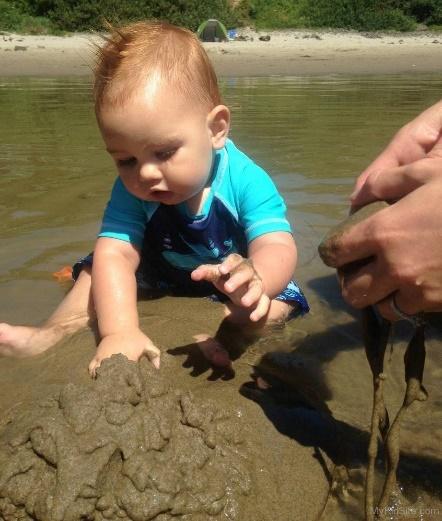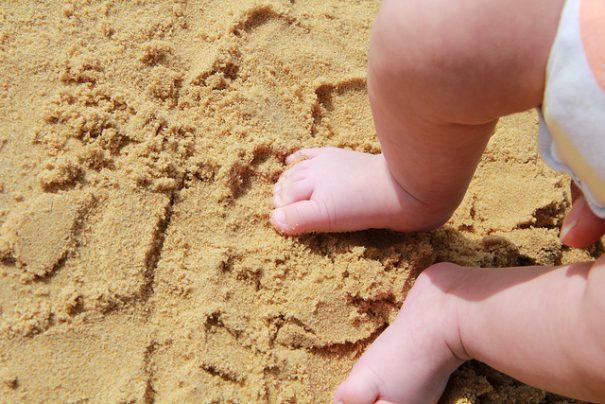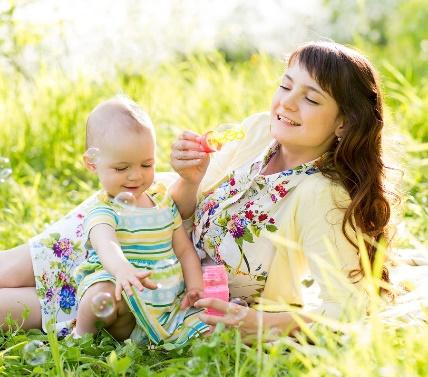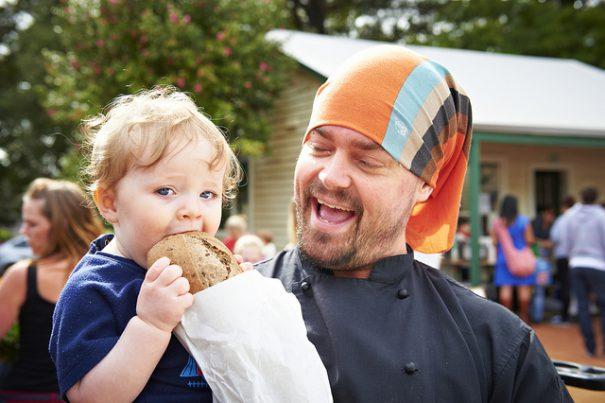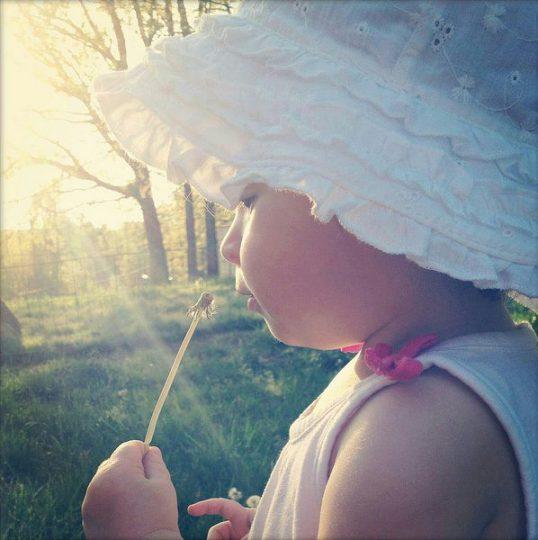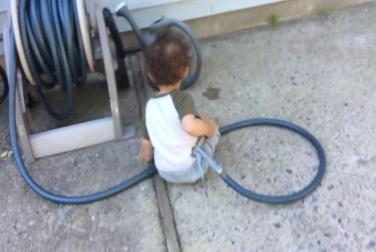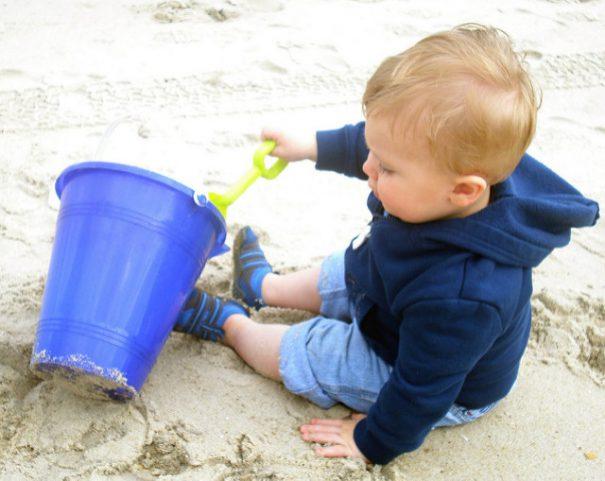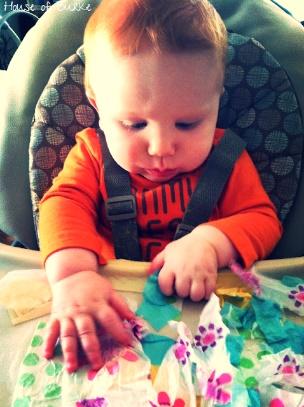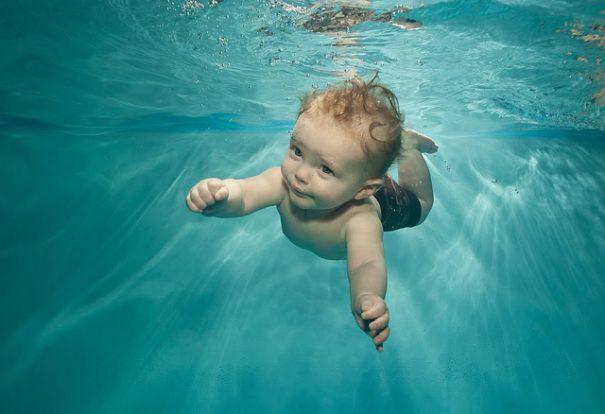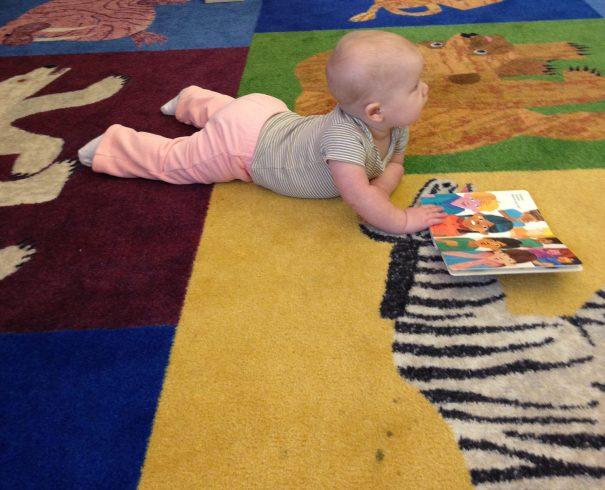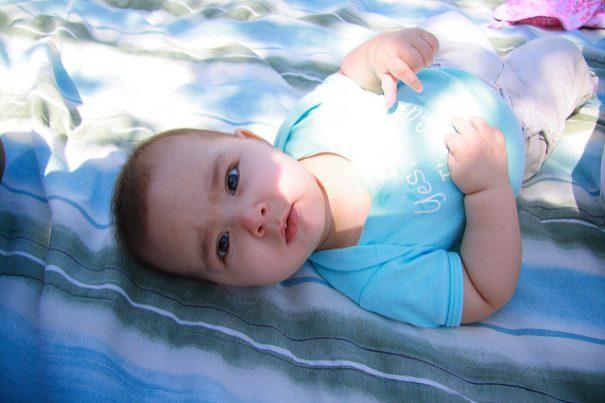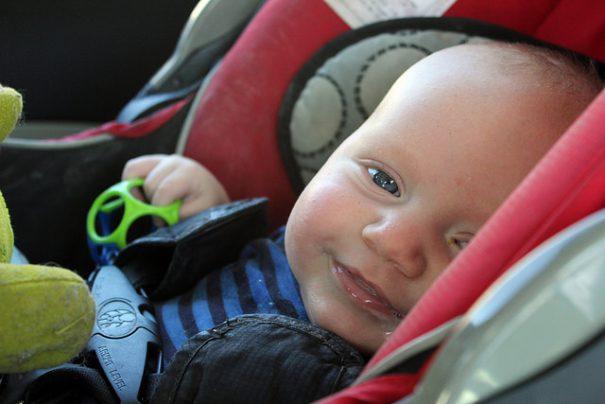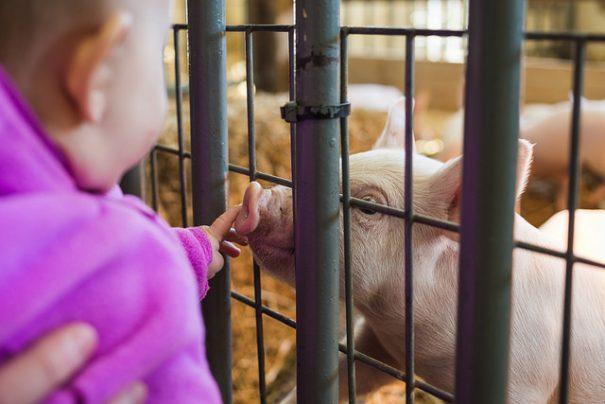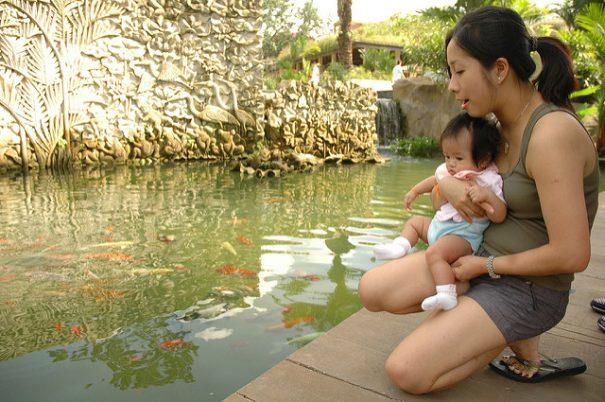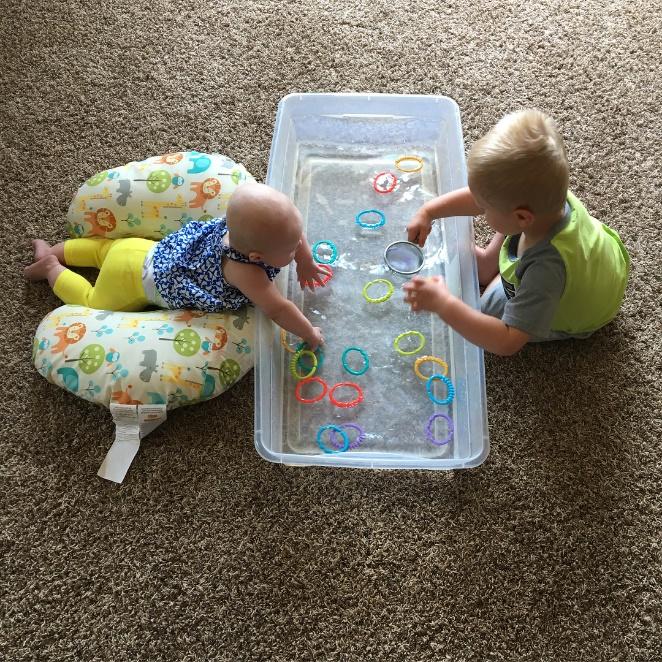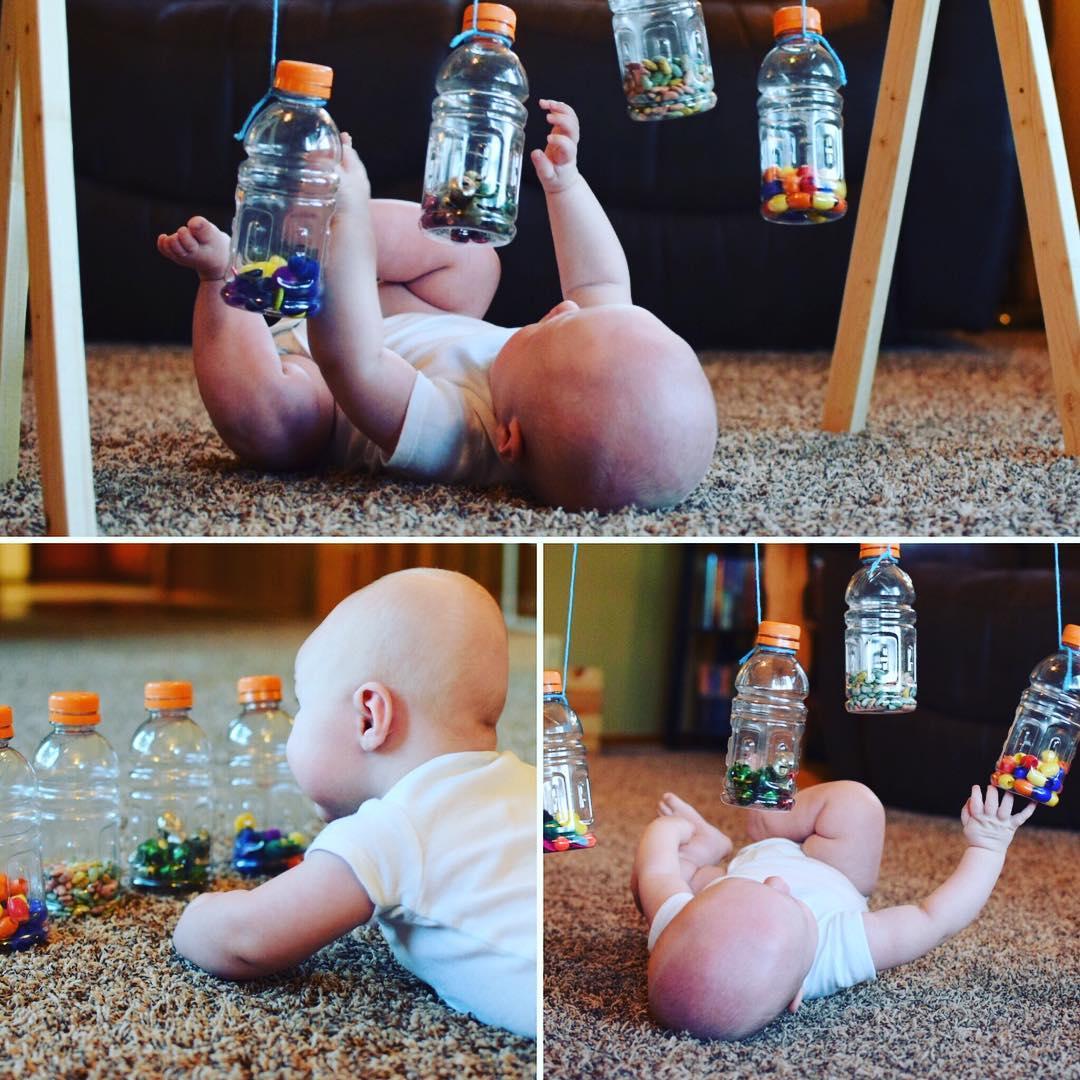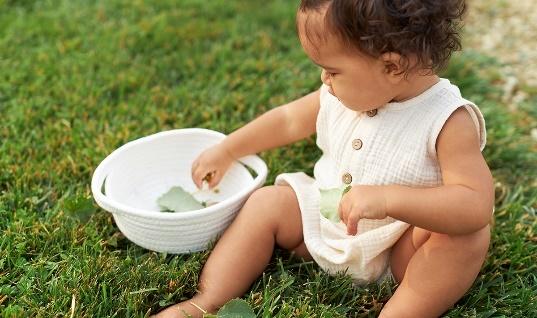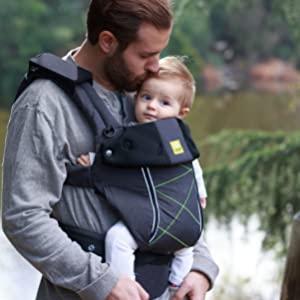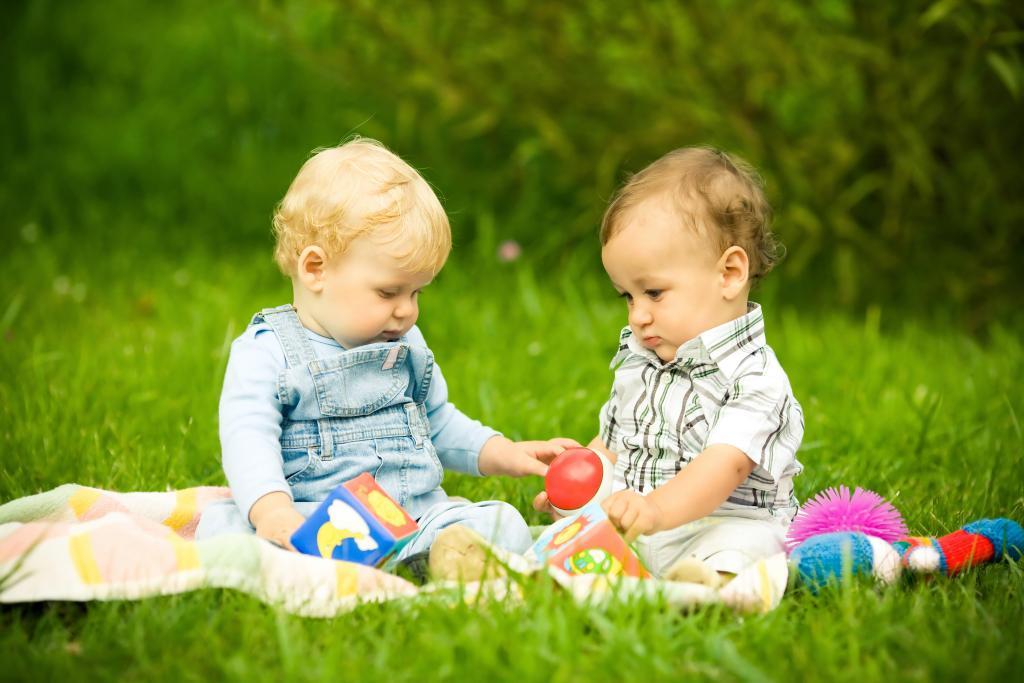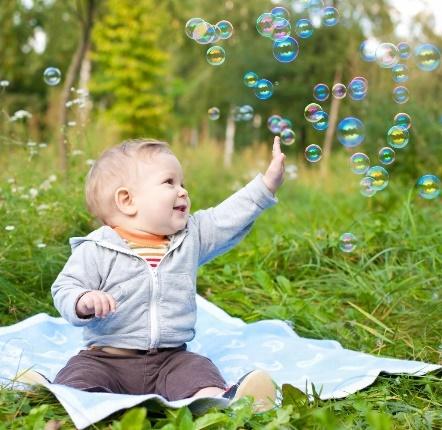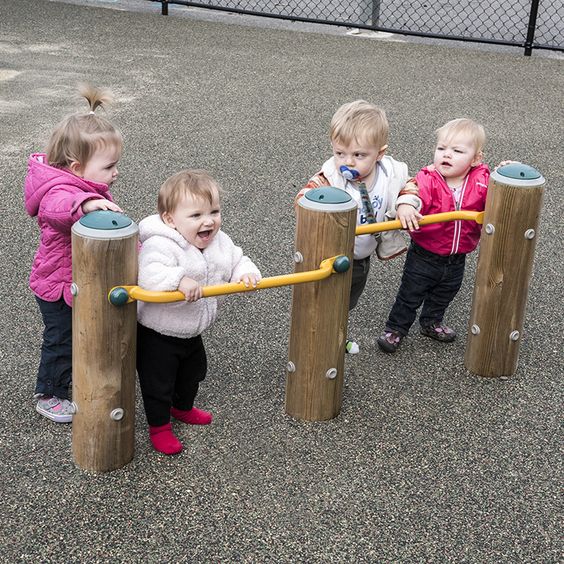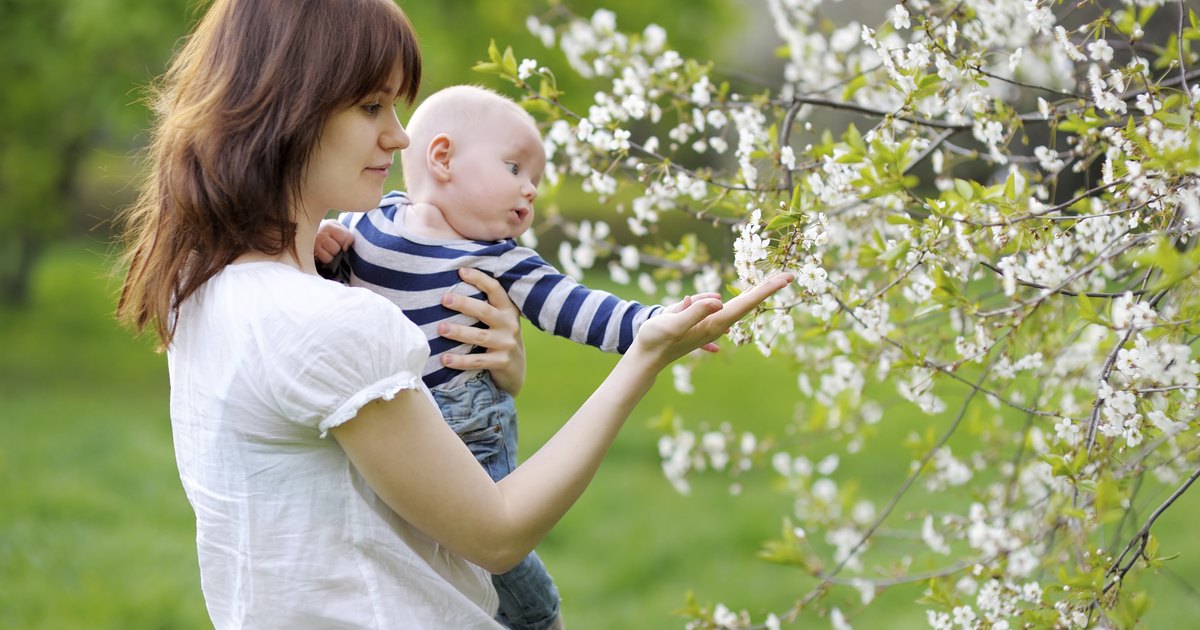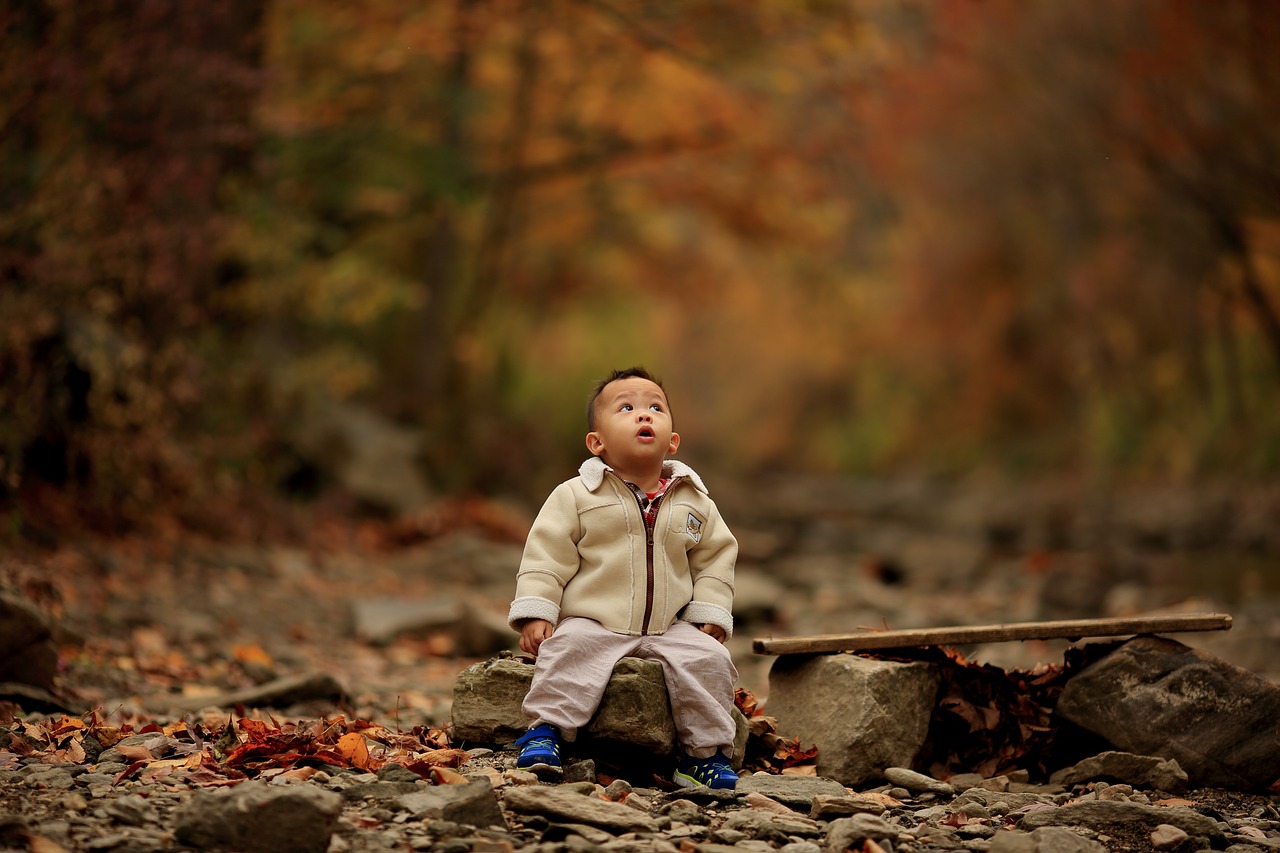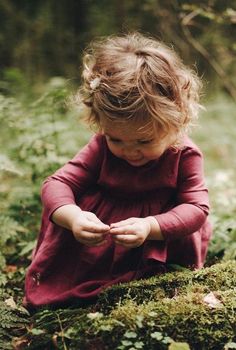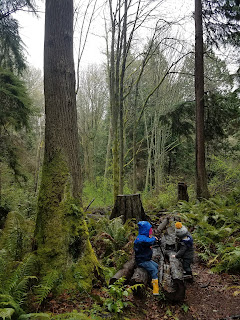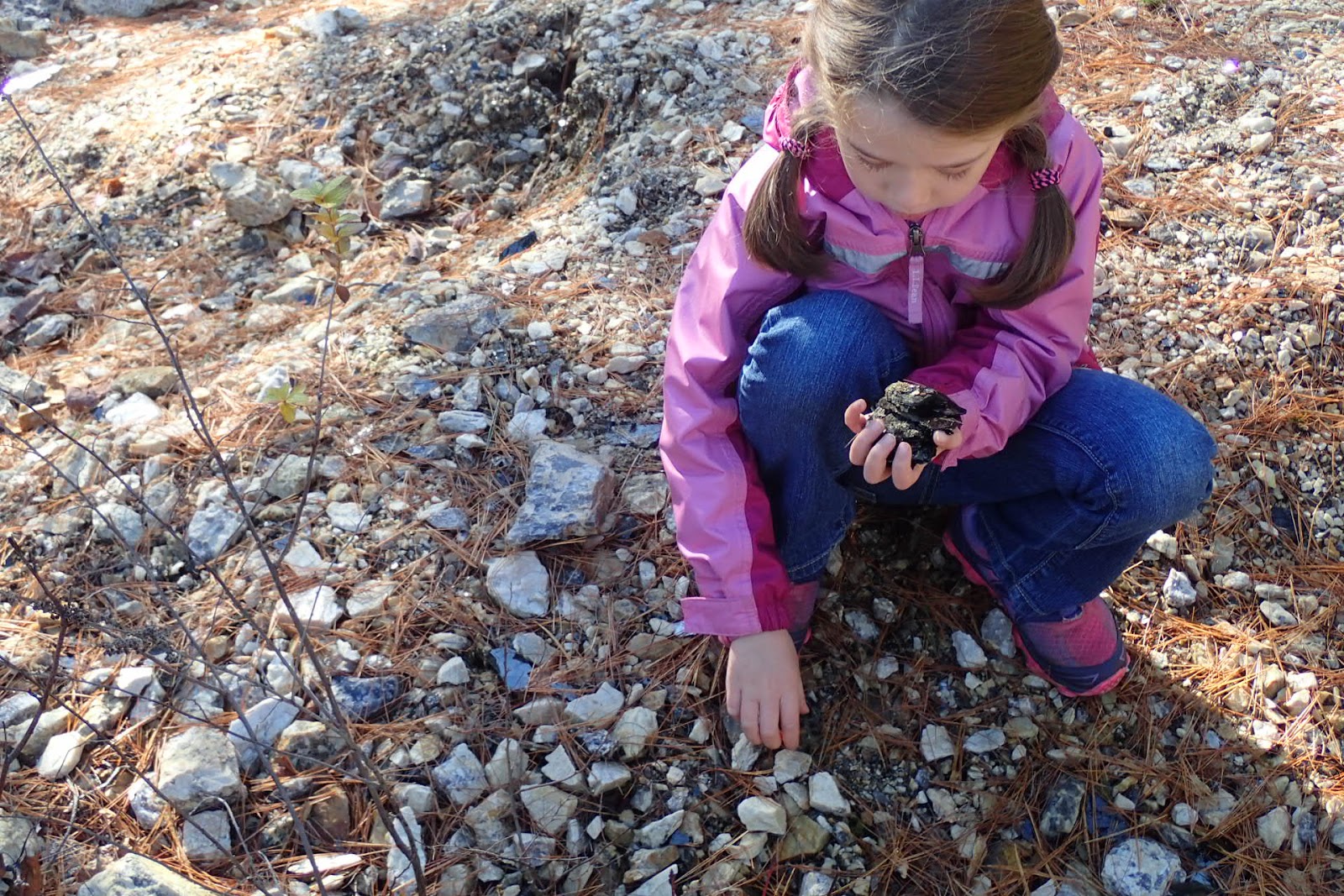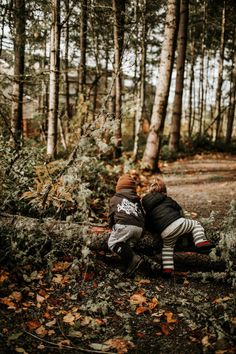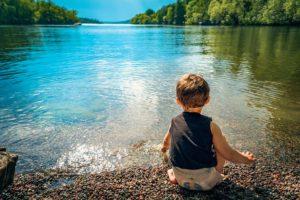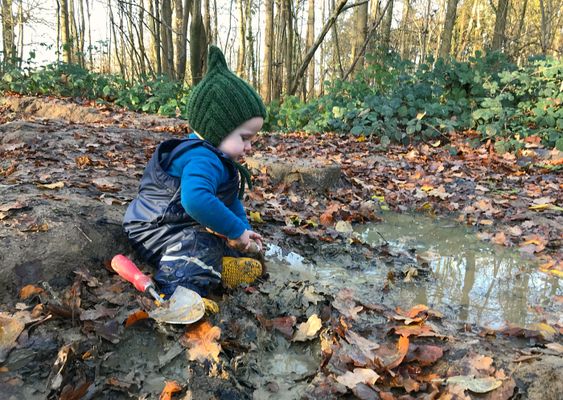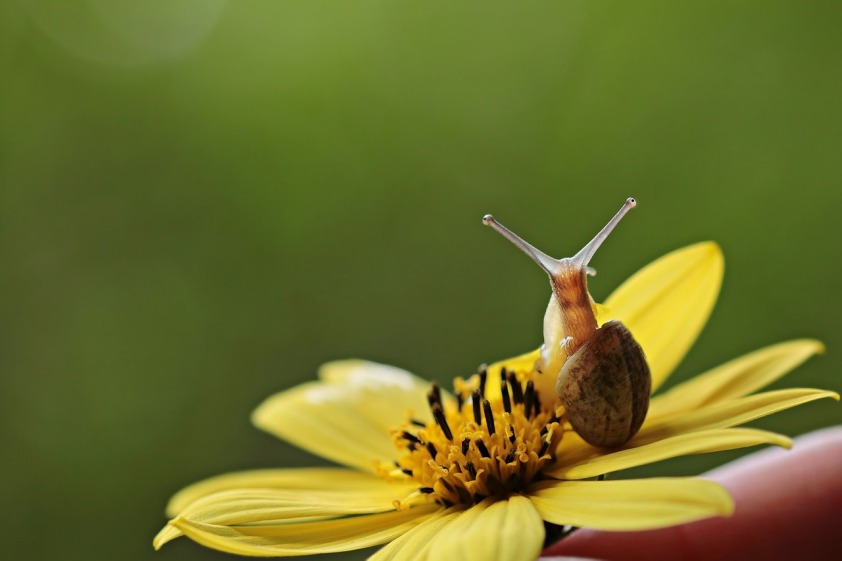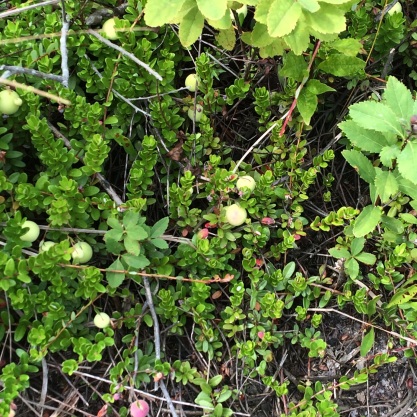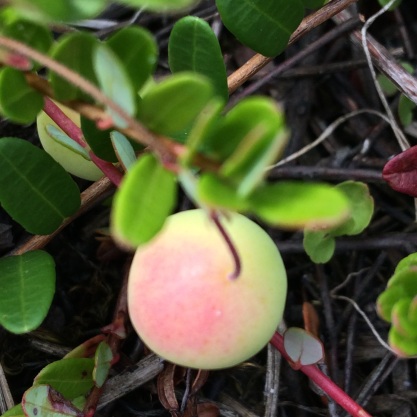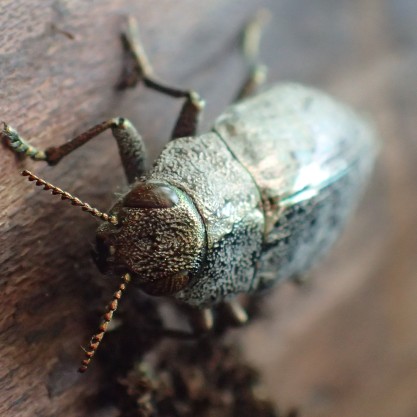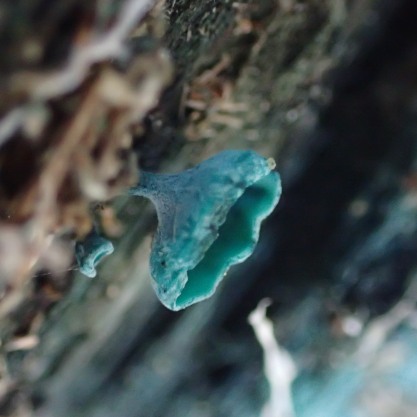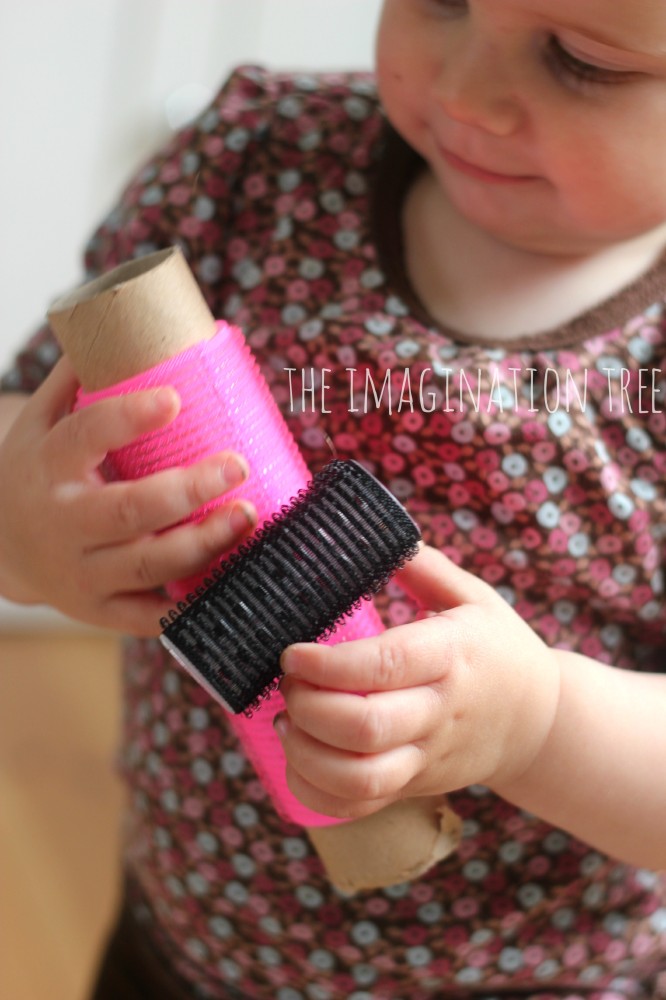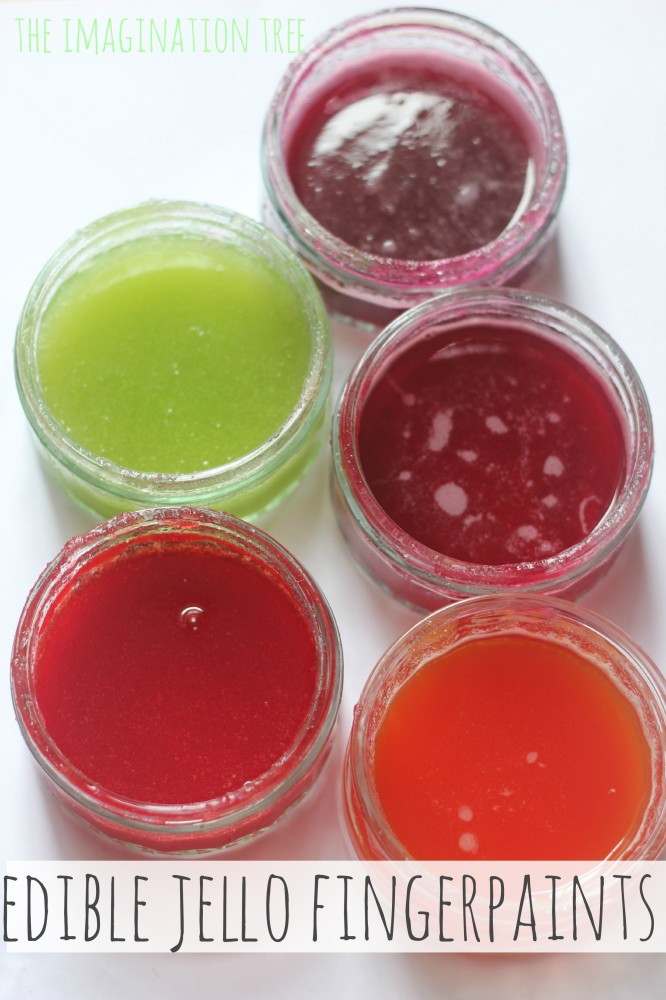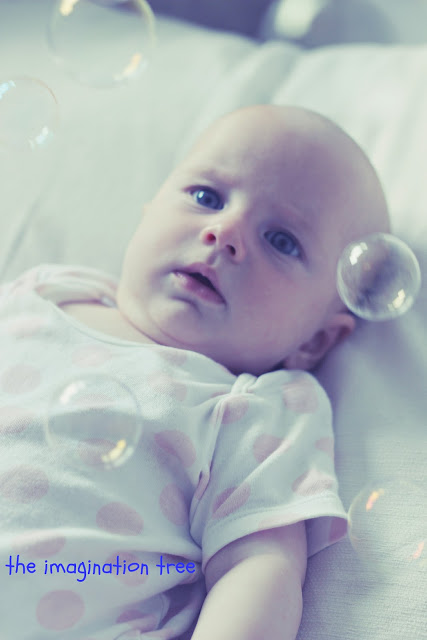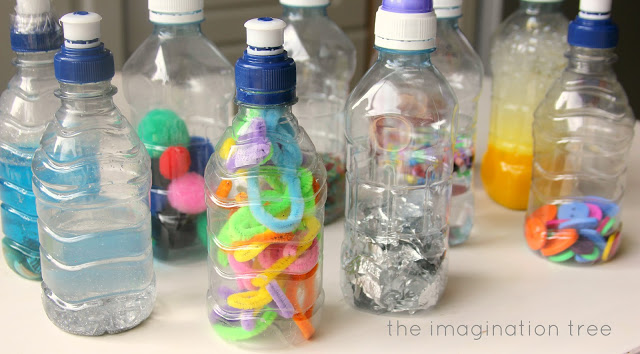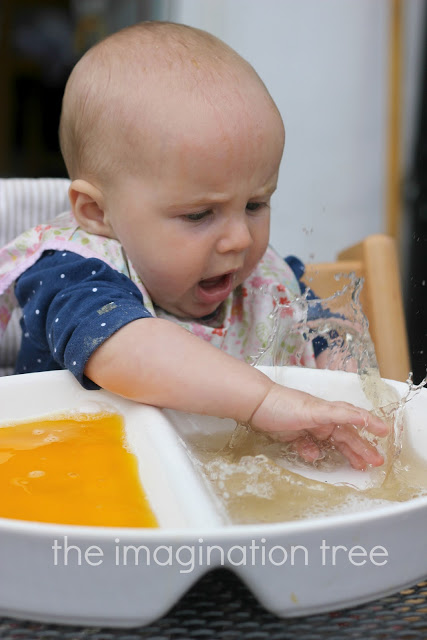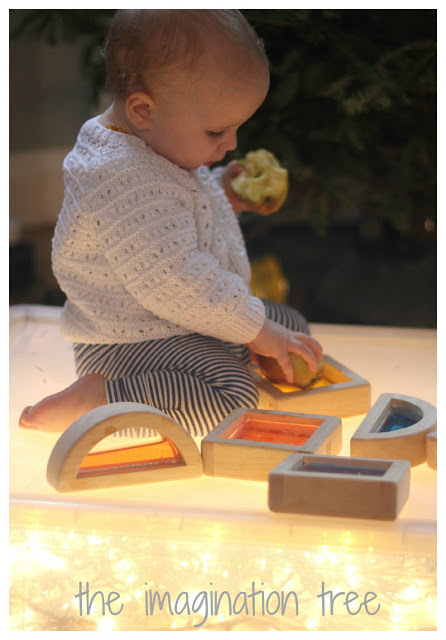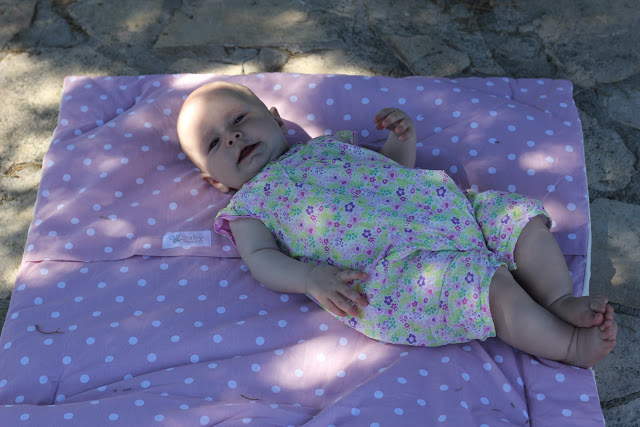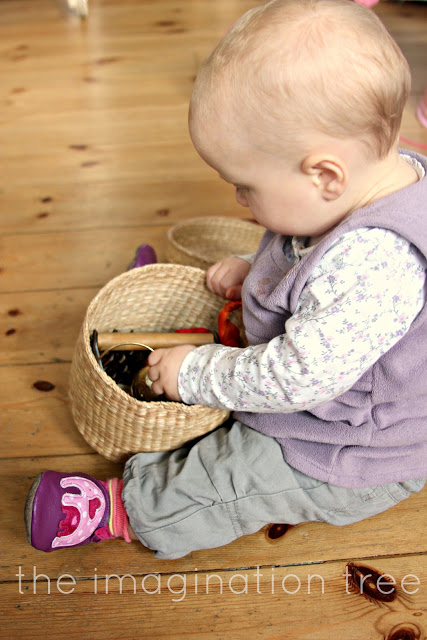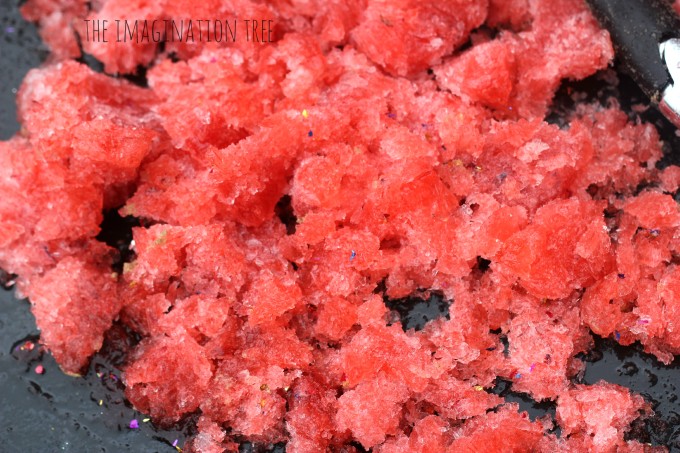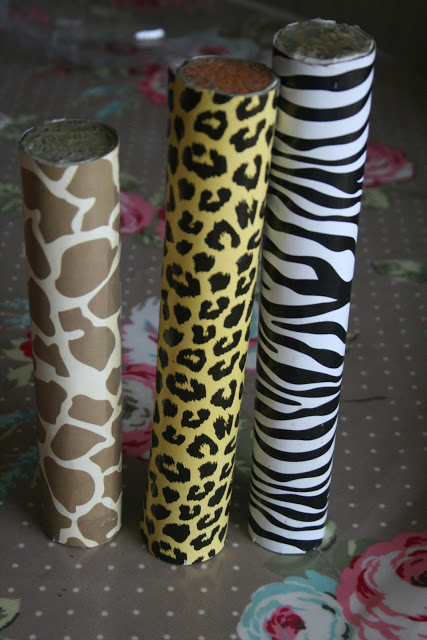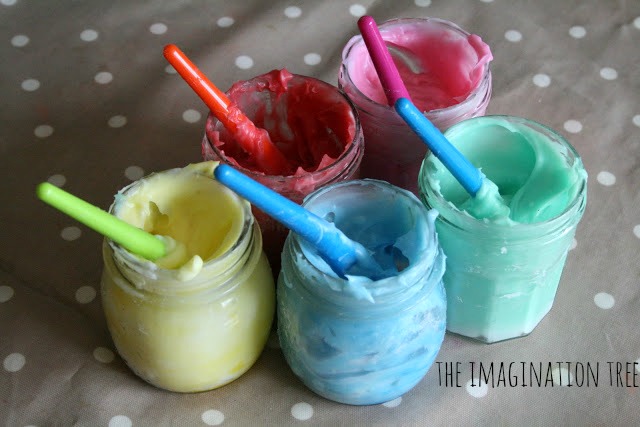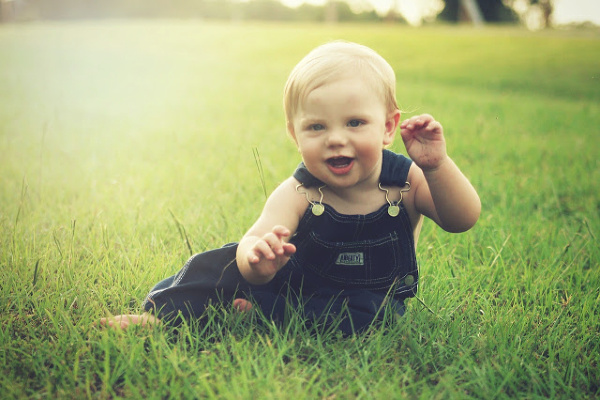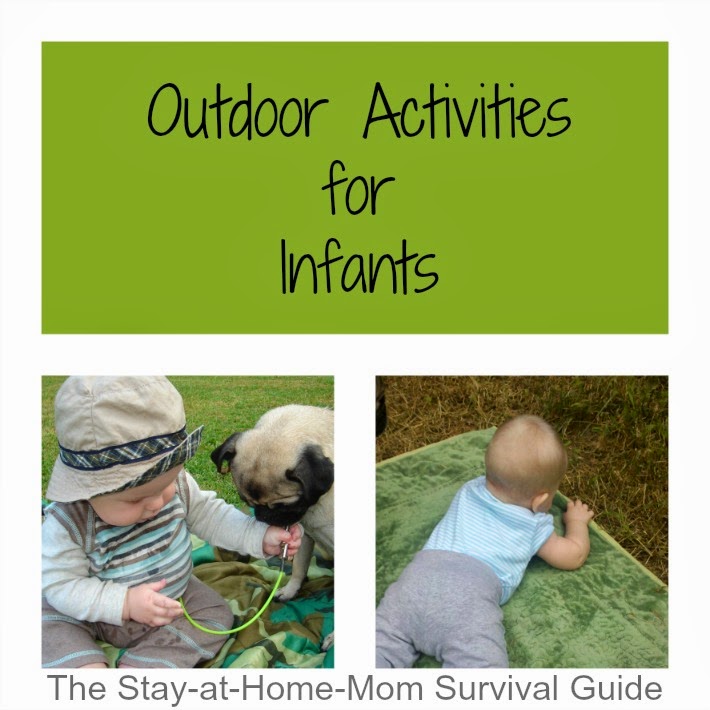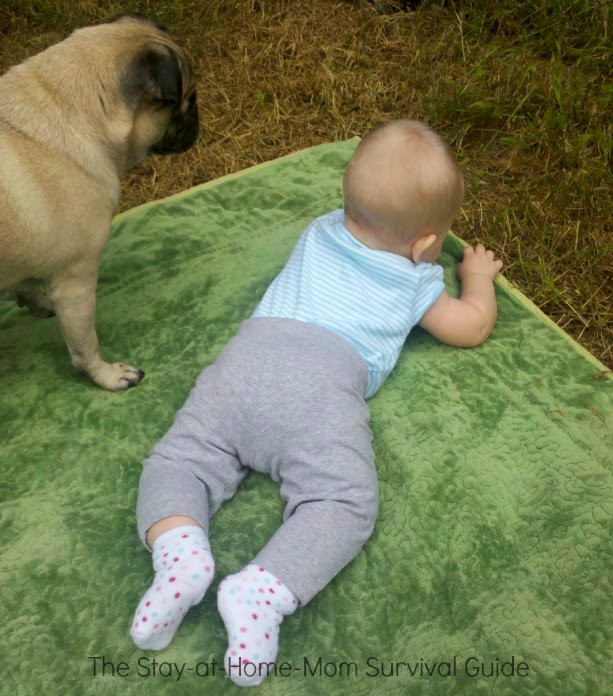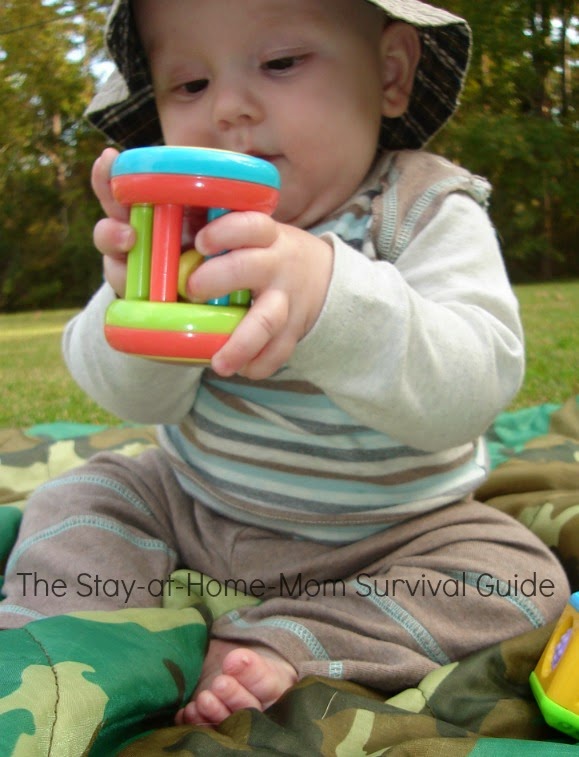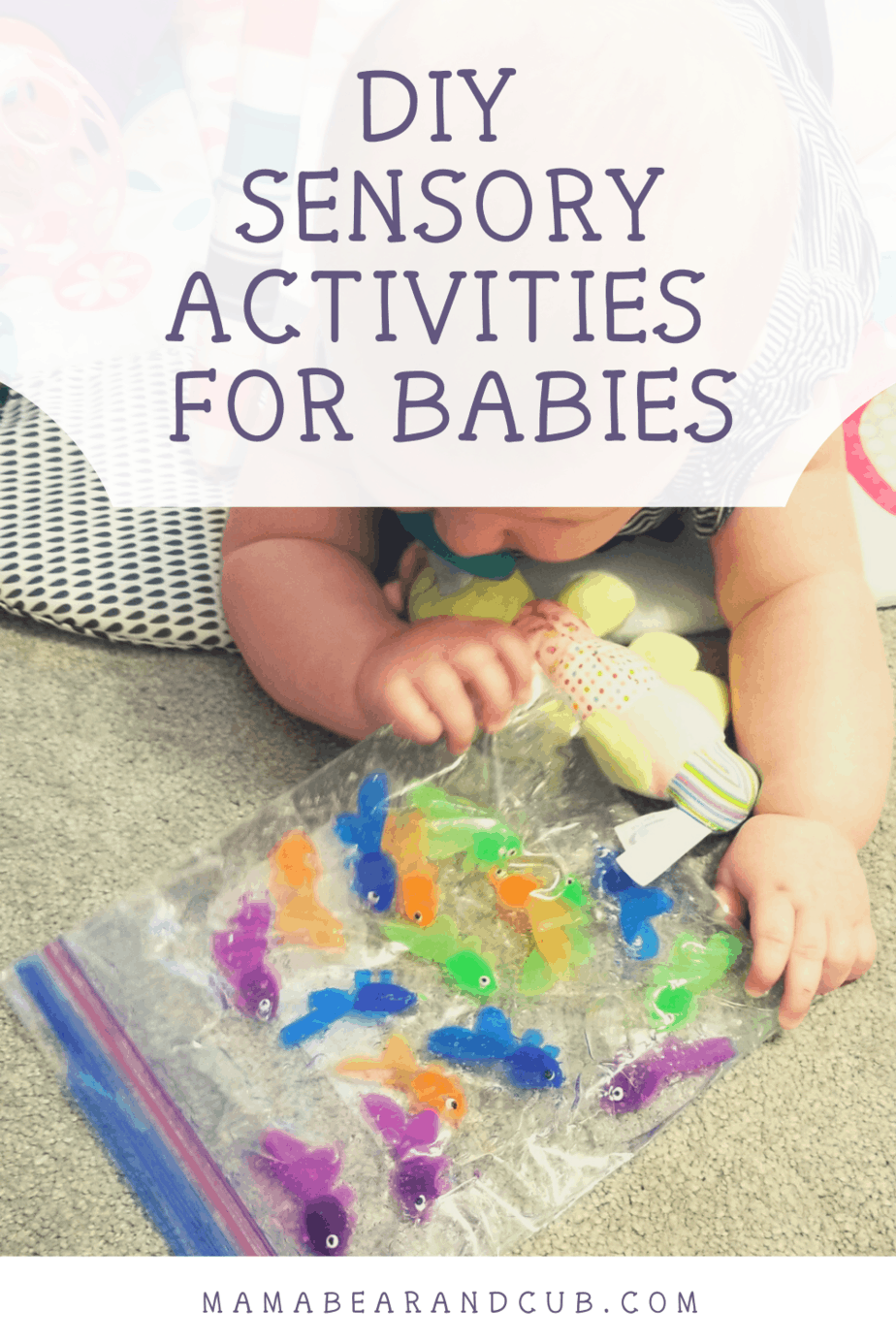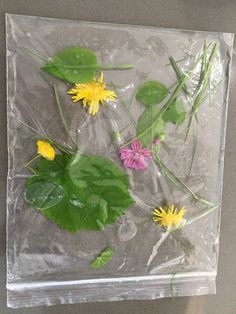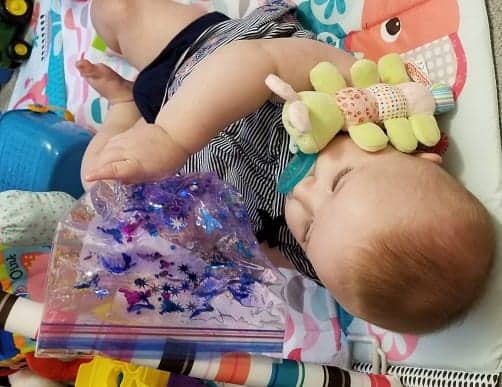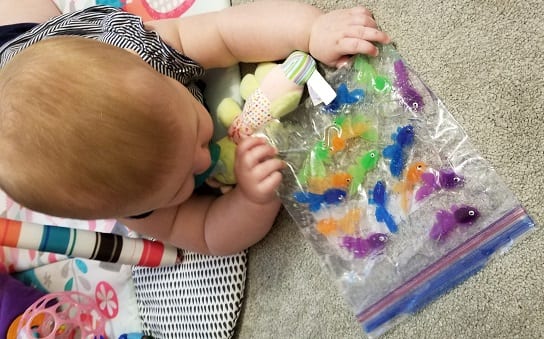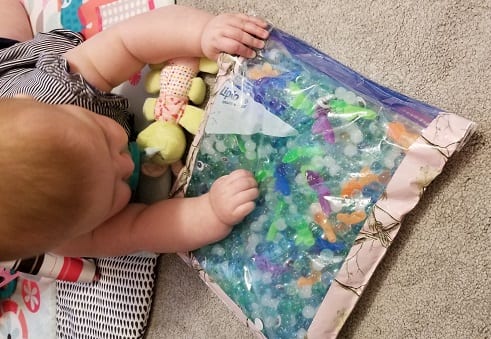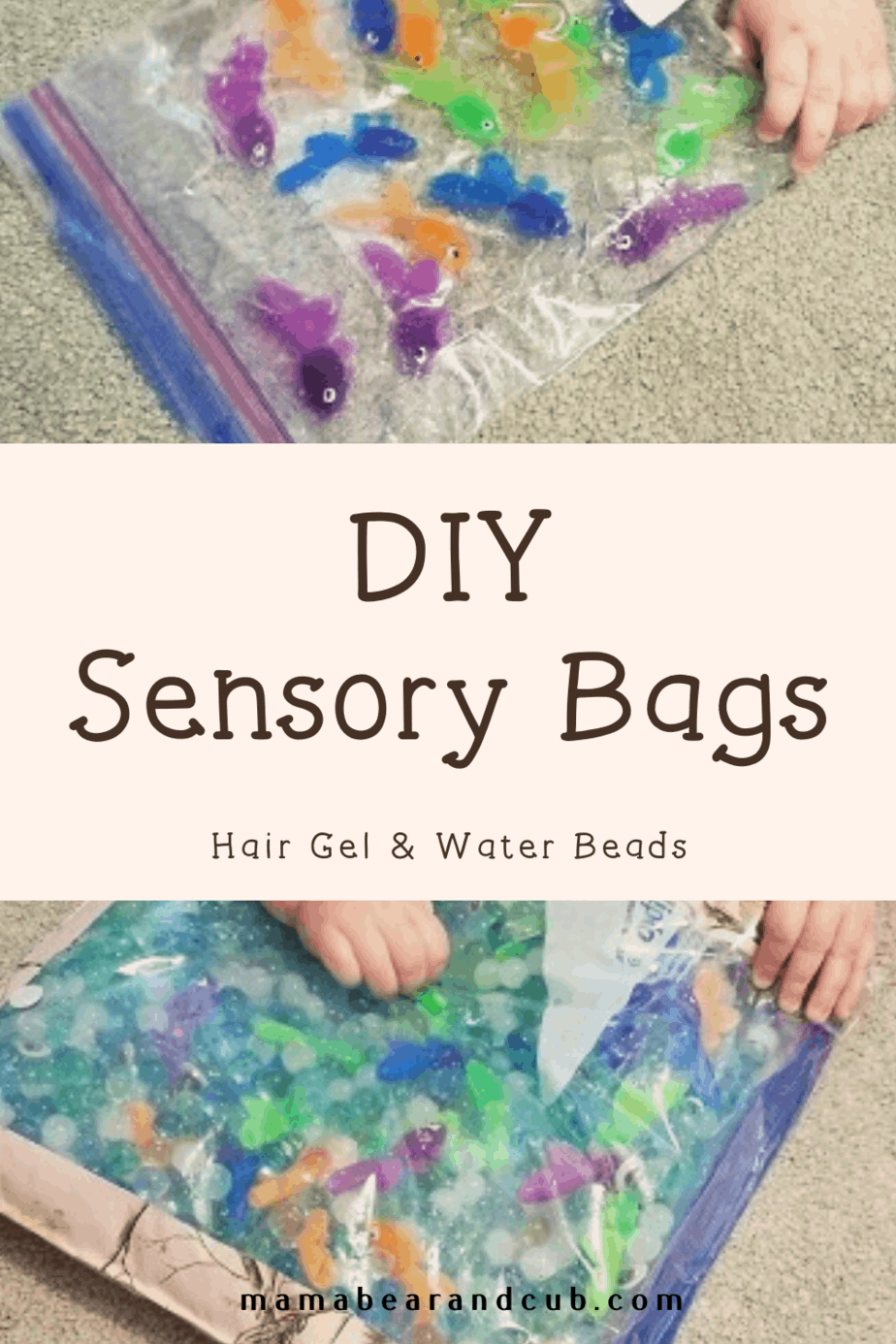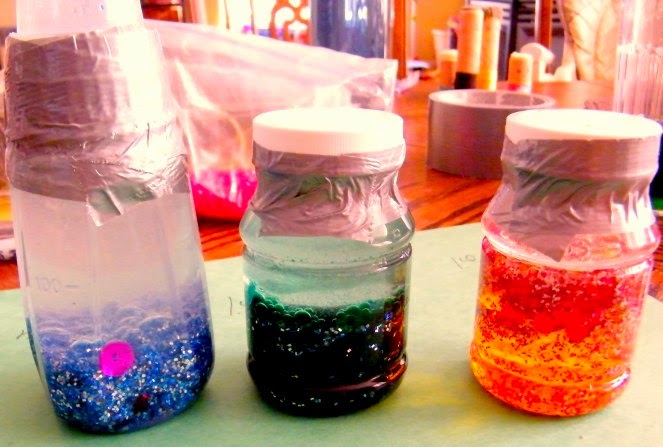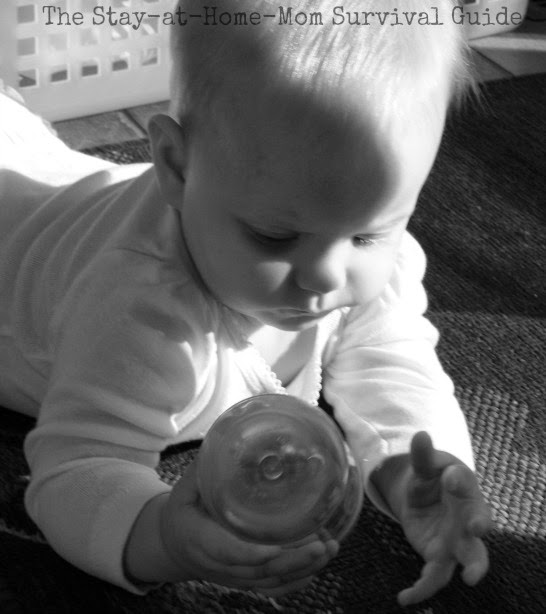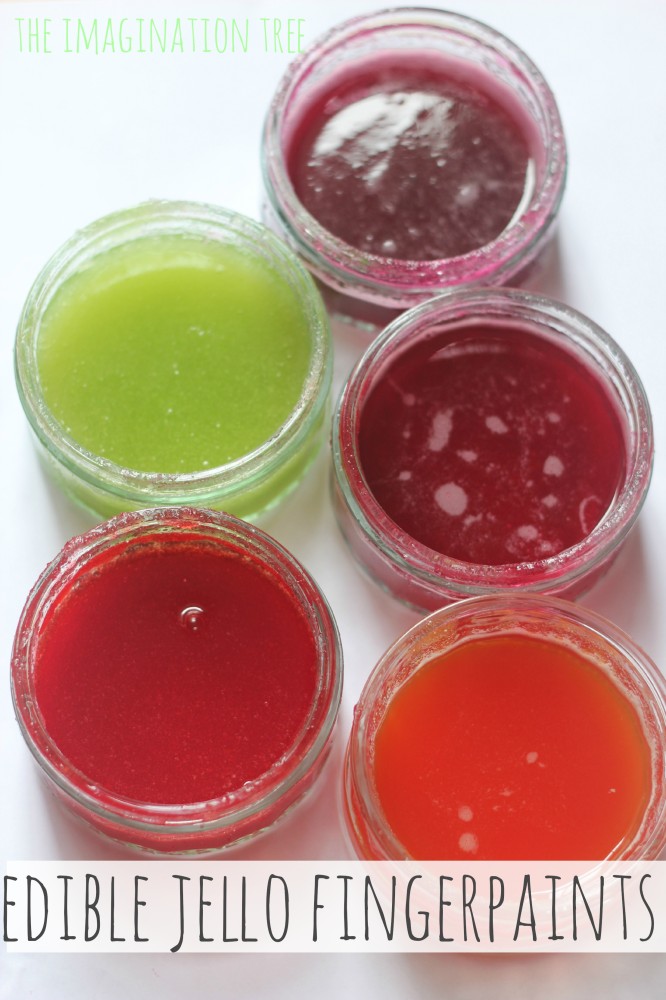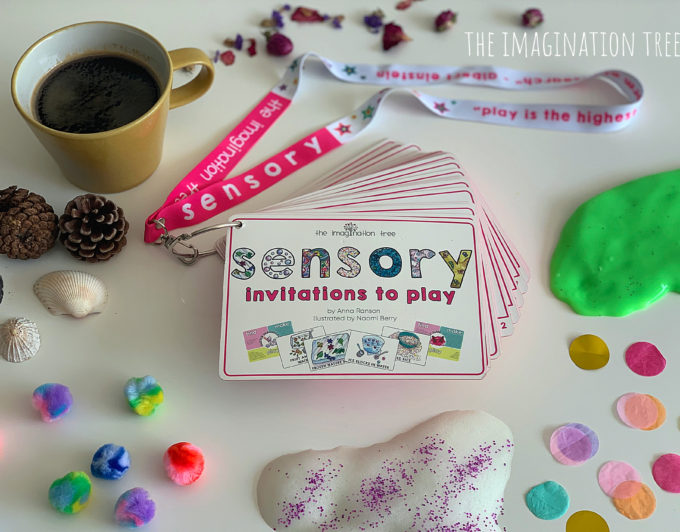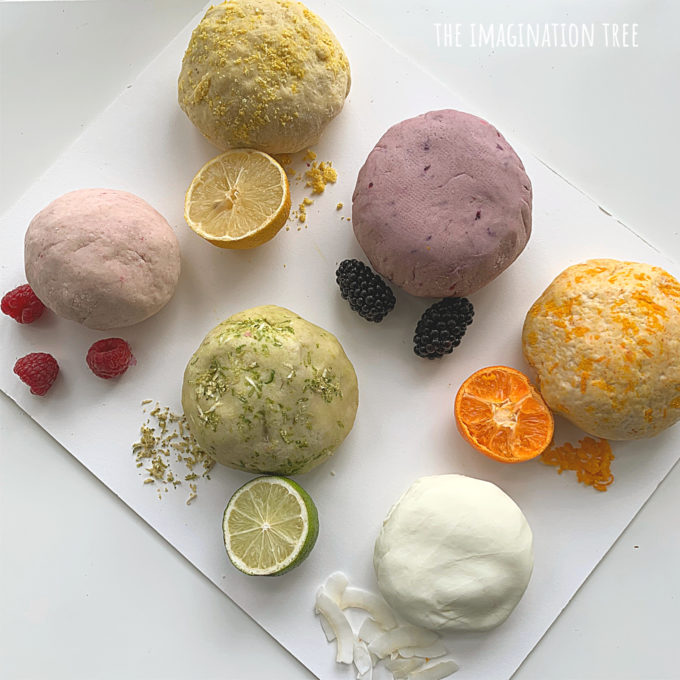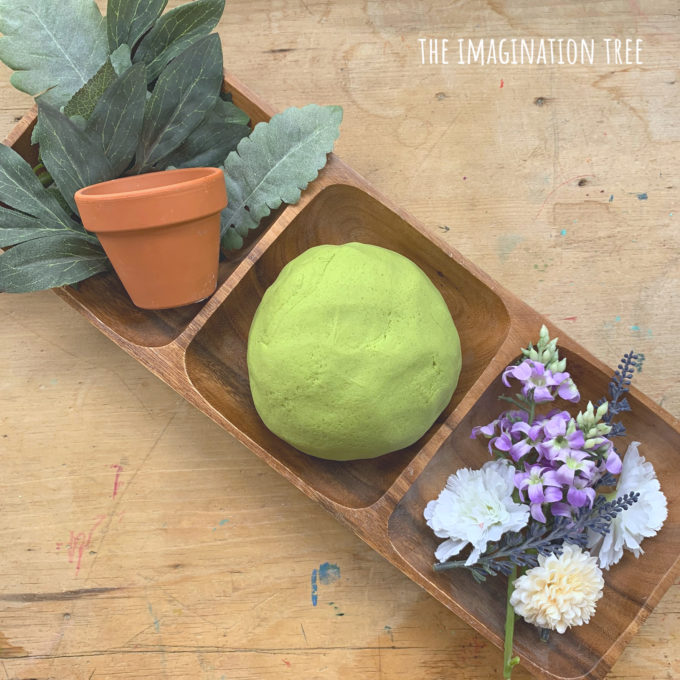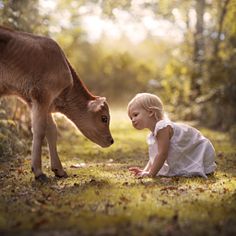
Enjoying your baby outdoors
Meeting the Animals in your community
Nature play includes spying on the animals around you. I was so excited to be a mom and to teach my kids about the natural world and all the animals in it...yes the good,the bad and the ugly.
Start with the animals in your yard, your community and the ones in the park that you visit most. I think children need animal themed toys, books, television shows, web cams etc. But stick to those that are relevent to their lives. Use general terms first like a bird, a dog, a frog, etc.
My sisters favorite animal was a seal, which
meant she had to go to a zoo to encounter one. However they were in an enclosure so they were always close by. She would fixate on them and loose track of time.
Mine has always been the deer. My grandmothers house had a stream in the back yard. I had to wait for them to be thirsty. And of course if I spooked it, it would quickly run in the opposite
direction. My grandfather loved wild animals. He would take me around the yard when he got
home and eventually he taught me about their
foot prints.
There is no rymne or reason to it. Our lives were virtually the same and we were barely a year apart. So take note in their interest level as they meet animals in the wild. Nurture it and plan to mix alittle spying on their favorite animals when you plan a outing.
However, I also love using themes with a bit of inquiry or sensory science appeal. And babies are no different. In fact, they learn better that that way. Surround them with books, art, songs, new words or language activities etc. At the end of a few weeks or month plan a family outing related to the theme.
Forest Friends
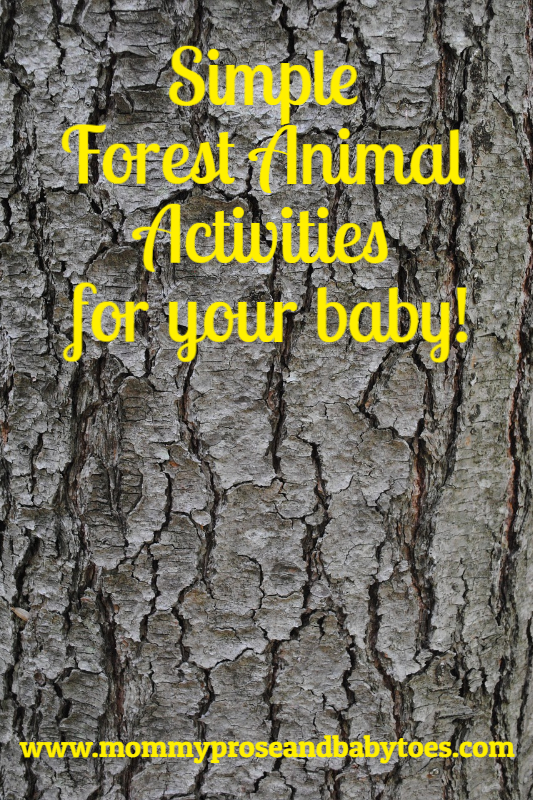
Well, I think I get interested in spotting most forest animals, except mice and snakes. Learning about animals is so easy and fun! I should have thought to do forest animals sooner; my little man’s nursery is moose themed!
Mathematic/Cognitive Skills:
Have you ever read the book, We’re Going on a Bear Hunt? It is the perfect book for this theme! No need to worry if you don’t own it, you can find the reading of it right here. Even though we do own the book, little man prefers to watch it instead. The book is just a little too long to keep his attention! Whether you read it or watch it, during the words “over” and “under,” use your little one’s hands to show the movements.
After the story, use whatever item(s) you choose to demonstrate over and under. I chose a basket and a few different forest animals. I hid the animals one at a time under the basket, and then flew it around over the basket. Of course little man doesn’t yet understand these concepts, but it is also great for teaching object permanence.

I tried to get a picture of little man looking under the basket, but he decided it was more fun to crawl into it, so…
Language/Literacy:
Little Man’s Recommendations:
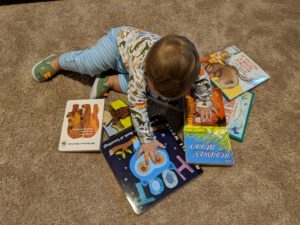
Owl Babies by Martin Waddell
We’re Going on a Bear Hunt by Michael Rosen
Brown Bear Brown Bear by Bill Martin Jr. & Eric Carle
The Bear Books (series) by Karma Wilson & Jane Chapman
An Adventure with Morris Mouse by Maurice Pledger
Hoot by Little Tiger Kids
Little Moose by Chronicle Books & Image Books
Little Fox by Chronicle Books & Image Books
Baby Hedgehog by Chronicle Books & Image Books
Little Bunny by Chronicle Books & Image Books
Little Owl by Chronicle Books & Image Books
If You Give a Moose a Muffin by Laura Numeroff
Babies in the Forest by Ginger Swift
Night, Night Forest Friends by Annie Bach
Who: Peek-a-flap Board Book by Jaye Garnett
Woodland Babies by Amanda McDonough
Science/Sensory:
School Time Snippets had the idea for these awesome sensory bags based on We’re Going on a Bear Hunt, and Teacher Types made sensory bottles. I chose to make the sensory bottles for little man because they keep everything contained, haha!
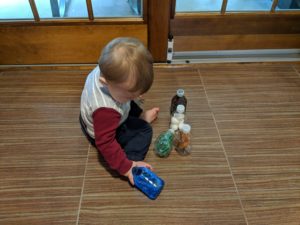
However, you don’t need to make the bags or the bottles. Instead you could just let your little one explore the outdoors. In the past, I have grabbed a bin, went outside, and filled it with grass, leaves, twigs, stones, and pinecones. When I do an activity like this, I am sure to keep little man’s pacifier in his mouth! If I didn’t, everything would be eaten! If your baby doesn’t use a pacifier, or if you just don’t feel comfortable, take them outside for a walk instead! We have some great walking trails around here! Hubby and I take little man as often as we can! He loves to take in all the sights around him!
Motor:
This video is a variation of We’re Going on a Bear Hunt, and it is a lot of fun! While watching the video, act out the movements that are mentioned on screen. Little man loves acting everything out; although, I do change a couple of the movements to make it more fun for him! This is what we do:
Wheat field – I rub/clap his hands together
Bridge – I pat his hands, one at a time, on his legs (walking movement)
Tree – I help him “climb”
River – I sit facing him, grab his hands, and we row (I pull him toward me, and then let him go back the other way)
Cave – I put his hands up above his eyes like he’s trying to see what’s inside
After that, I just move his hands really fast like he’s running (definitely his favorite part)! If your little one is older, or if you’re more skilled than I am, haha, you could do the movements again in reverse order.
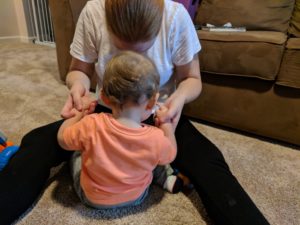
Hubby managed to capture little man and I as we acted out the story!
Art:
Depending on the age of your child, you could let them roll a pine cone in paint, and then on paper. I was actually going to let little man try it this way, but he currently likes to shake everything that is put in his hands, and I foresaw paint flying everywhere! Maybe I will try it outside when it’s not so cold and wet! Instead, I put a piece of paper in an old tupperware container, and covered a pine cone in paint. Then, I put the pine cone in the container, made sure the lid was on tight, and let little man shake it all around.
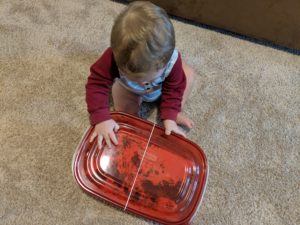
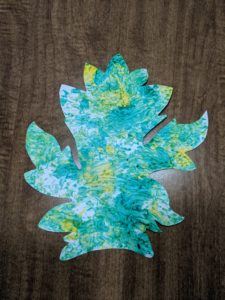
After little man finished his painting, I cut it into a leaf
Music:
Little Bunny Foo Foo
There was a Little Turtle
I had a Little Turtle
The Bear Went Over the Mountain
Gray Squirrel
Five Little Speckled Frogs
She’ll be Coming Around the Mountain (I realize that this one and the next one aren’t really forest related, but I had a hard time thinking of forest related songs! It’s close enough!)
Home on the Range
Since I couldn’t think of many forest-related songs, I’ve listed a few places below where you can find more!
http://www.preschooleducation.com/sforest.shtml
https://www.kidsparkz.com/preschool-sings-forest.html
https://www.kidssoup.com/craft-and-resource/forest-animals-books-rhymes-and-songs
Oh say, can you sea!
JULY 25, 2018
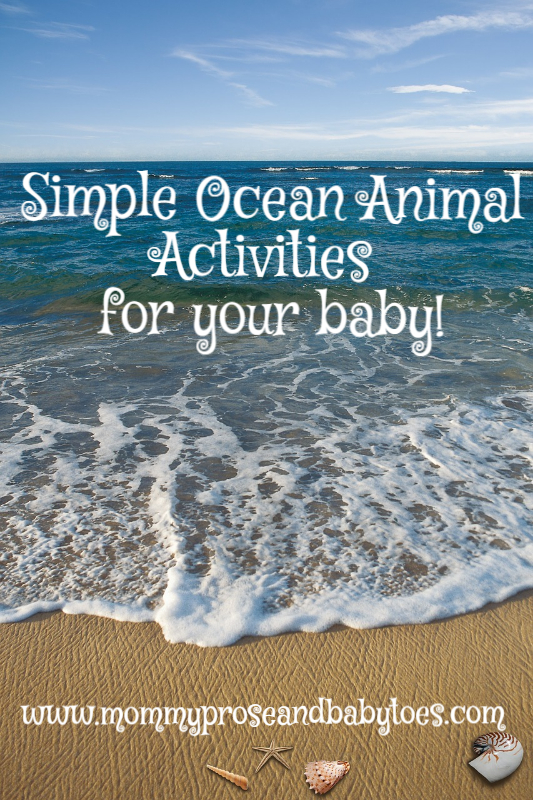
This week was probably little man’s favorite! It combined his two favorite things, water and baby shark! If you do not know who baby shark is, you will soon find out! I played the baby shark song for little man when he was about two months old, and it was an instant hit!
Mathematic/Cognitive Skills:
Little man absolutely loves the 10 little fishies song on the Super Simple Songs YouTube channel. Super simple’s website has some great resources, including these flashcards that are perfect to use when singing. Baby shark (little man’s favorite song), also has flashcards.
We also have two ocean themed puzzles that little man loves looking at, as well as trying to put the pieces in his mouth! The fishbowl puzzle is so easy for little hands to grab, and the deep sea dive puzzle is foam, which unfortunately seems to be great to chew on, haha!
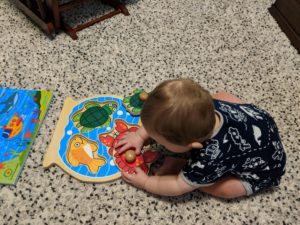
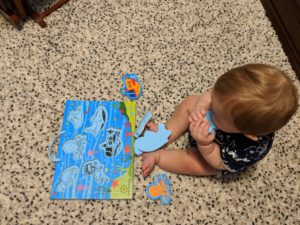
Language/Literacy:
Little Man’s Recommendations:
Little Shark (and the following “little” books) by Chronicle Books & Image Books
Little Crab
Little Dolphin
Little Fish
Penguin on Vacation by Salina Yoon
Baby Beluga by Raffi & Wolff
Rainbow Fish book series by Marcus Pfister
Deep Sea Dive by Salina Yoon
The Ocean (Touch and Explore) by Nathalie Choux
Mister Seahorse by Eric Carle
Science/Sensory:
Little man loves turtles, so we made this sea turtle sensory bag! Just make sure to double bag it; you do not want hair gel everywhere!
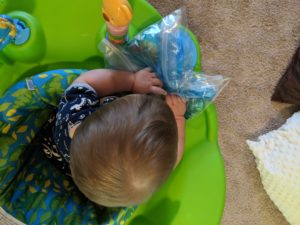
Motor:
Water play is probably little man’s favorite activity! He loves the water! I found these adorable ocean bath toys, and we play with them every night at bath time! Now that little man can sit up, he loves trying to grab as many of them as he can! He also loves when we squirt water on him!
Art:
Since little man loves Super Simple’s, Baby Shark, we made our own baby shark! Read how to make your own, here. Not crafty? Purchase one instead! Little man loves his plush baby shark!
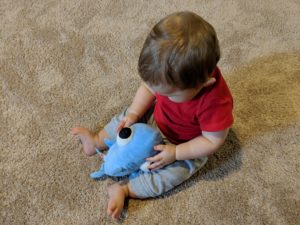
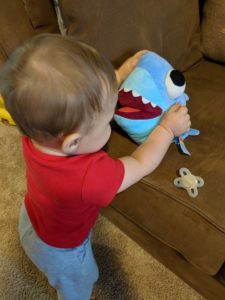
Music:
Baby Beluga
My Bonnie Lies Over the Ocean
The Fish in the Sea
Down by the Bay
Five Little Fish
Baby Shark
10 Little Fishies
There’s a Hole in the Bottom of the Sea
A Sailor Went to Sea
*Like what you read about or saw? Find out where I get some of little man’s favorites!*
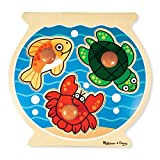
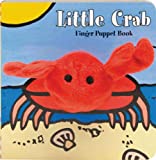
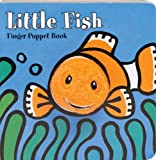
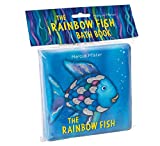
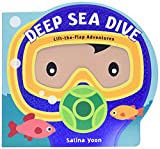
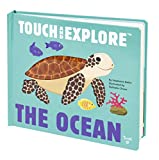
*Note: As an Amazon Associate I earn from qualifying purchases.*
Related
Baby Shark!July 24, 2018In "Crafty Corner"
Baby Shark Party! Doo Doo Doo!December 15, 2018In "Living Life"
Little man, Weatherman!June 7, 2018In "Learning Land"
More from this author:
Sensory Zoo Animals
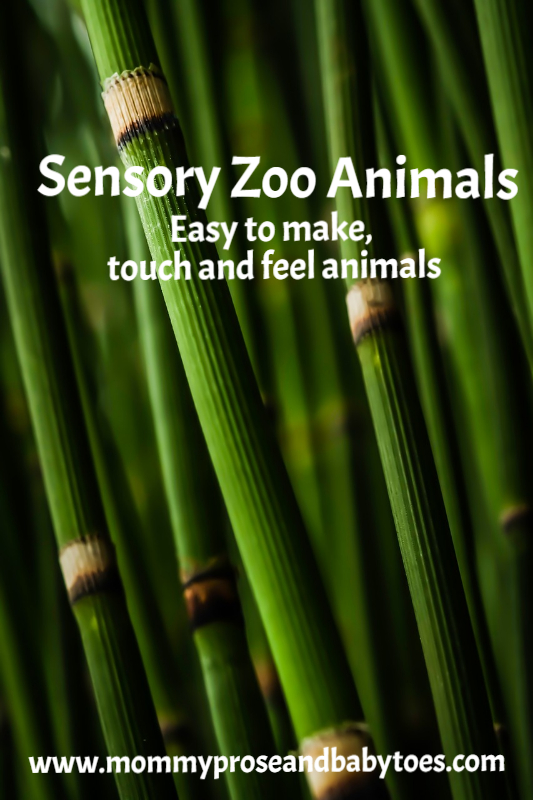
What you will need: Paper plates Red, yellow, and orange paint Googly Eyes (500 pieces?! So many eyes!) Feathers (Another 500 piece set! I’m going to need to think of some more projects!) Yellow and black felt (These mini pieces are perfect for cutting things out!) Pom poms (2000?! Oh the possibilities!) Black pipe cleaners…
READ MORESENSORY ZOO ANIMALS
Pet Activities – Toddler School
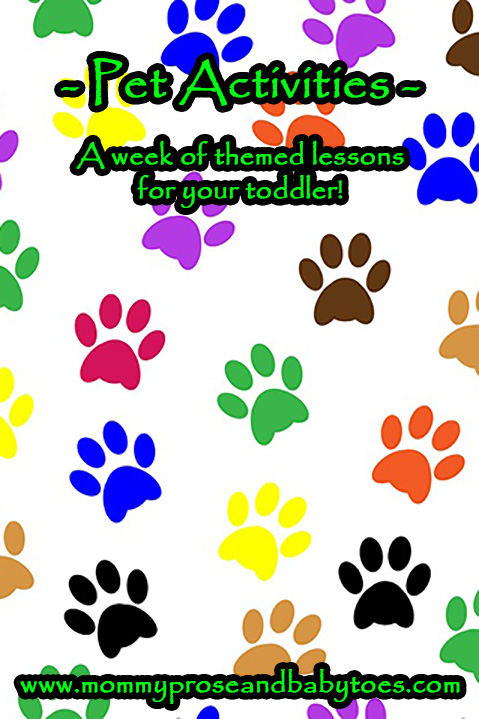
Do you have any pets in your home? Little Man has two guppies! Pets are a great way to teach responsibility! Pets come with a lot of extra chores! Little Man feeds his fish every day! Even if you don’t have any pets, these pet activities are sure to keep your little one busy this…
READ MORE
Farm Animal Activities – Toddler School
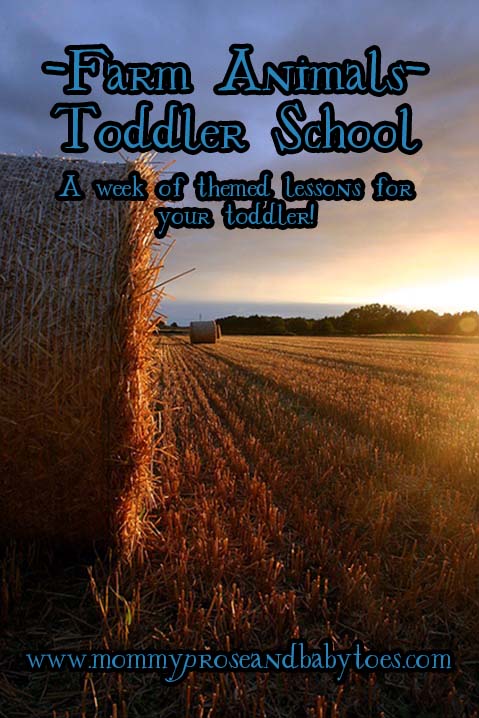
This week we were “down on the farm”, for our Farm Animal activities and lessons! Click on the calendar below! Have fun and enjoy!
Farm Animal Books The books for this week are listed below, but our basket was overflowing with many others as well! Who knew we had so many farm related books!?…READ MORE

